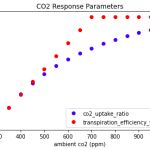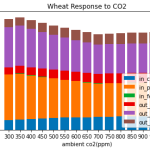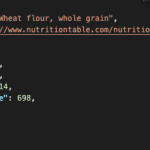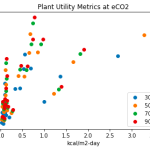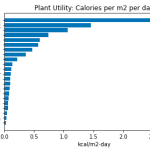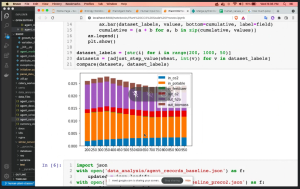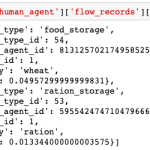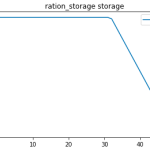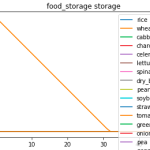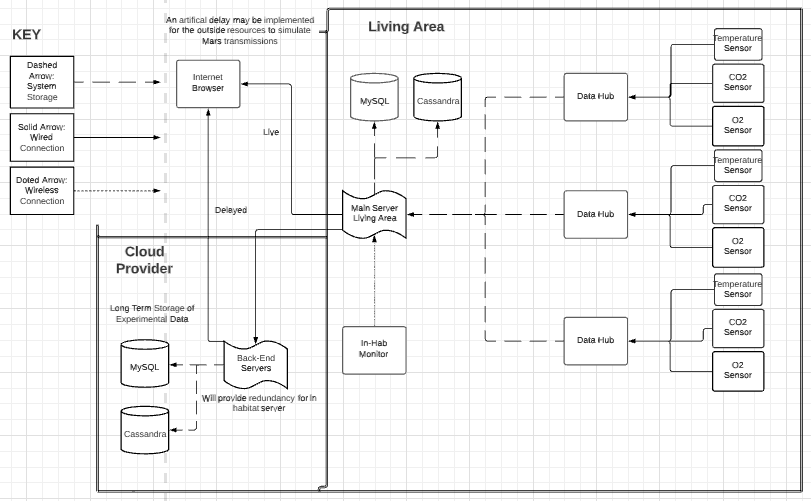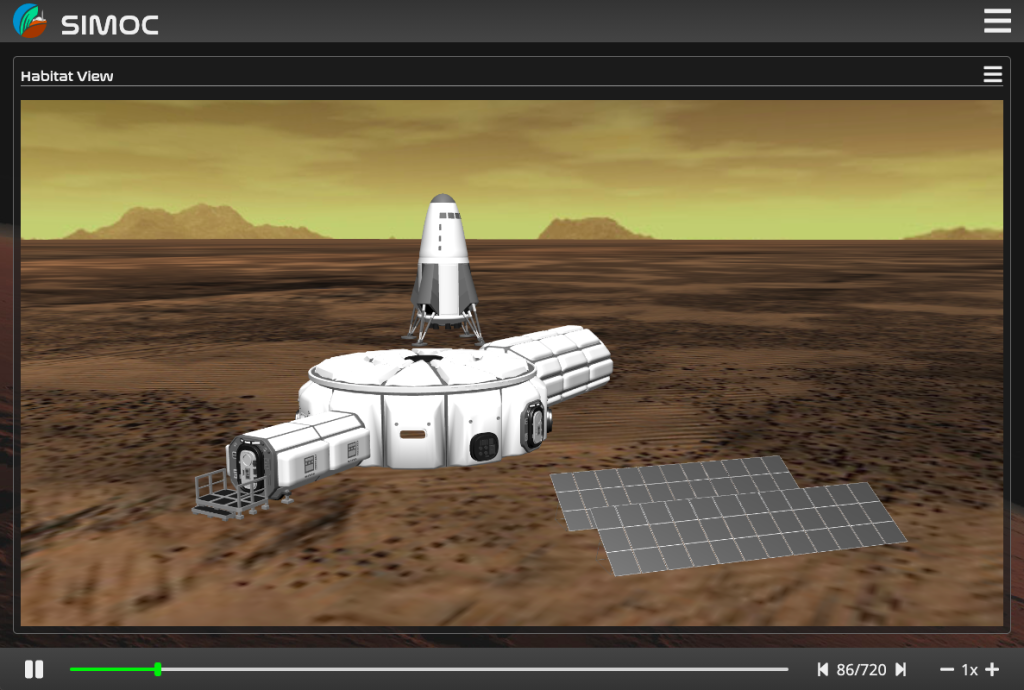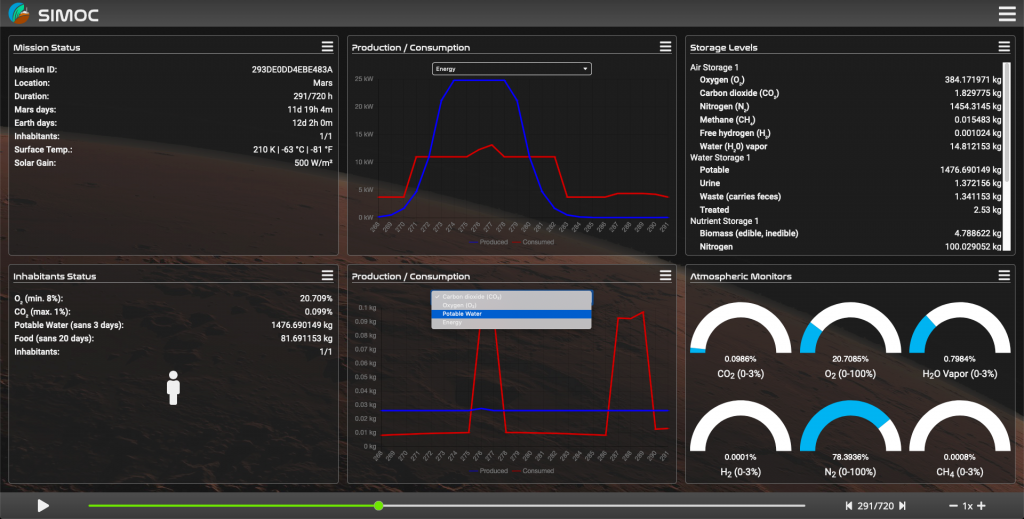Modeling elevated CO2 versus plant growth
Grant Hawkins, SIMOC developer offers this insight to his research into the effect of elevated CO2 levels on plant growth, and how he is modifying SIMOC to capture these response systems.
Modeling plant responses to elevated CO2
One of the research papers being submitted to ICES this year looks at the impact of elevated CO2 on plant growth and bioregeneration. Scientists have been experimenting with eCO2 since the 1970s, so there is ample literature on what the impact is and how to model. Our goal is to use SIMOC to show the system-level dynamics of these effects in an enclosed habitat like SAM.
Grant dug into the literature and augmented our SIMOC plant agents to vary their currency exchanges based on the co2 levels in the greenhouse. Below are some charts from his initial testing and implementation. The next steps are to investigate the system-level impacts, and then compile the results into a paper for ICES. Stay tuned!
Plant Nutrition
Nutrition is a critical aspect of bioregenerative system design, and one we’ve long meant to incorporate into SIMOC. And now, as part of the research for our ICES paper on plant responses to CO2, it’s finally been
added!
Plant descriptions in SIMOC include several currency exchanges (inputs and outputs), a lifetime, and an edible/inedible ratio. We also have currency descriptions, which specify currency classes (‘atmosphere’, ‘food’), labels, etc. For food currencies, these now include nutrition fields: kcal, water, protein, carbohydrates and fat (per 1kg).
Over a plant’s lifetime, it accumulates biomass based on its natural growth cycle (sigmoidal), augmented by resource availability and ambient co2. When it’s ready to harvest, the total accumulated biomass is converted to waste biomass and food, based on the edible/inedible ratio. The food then goes to ‘food storage’, which the human agents consume immediately, grateful to be eating something besides rations.
Nutrition will be incorporated into our Plant CO2 Response paper for ICES as one of two primary ‘plant utility metrics’. Stay tuned for more!


